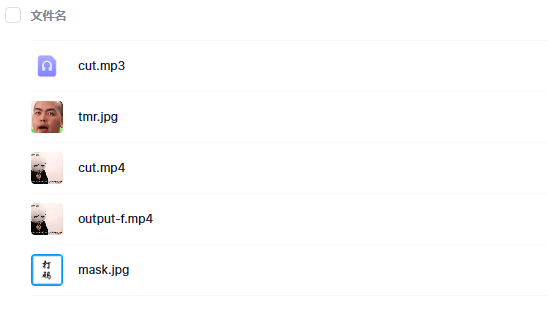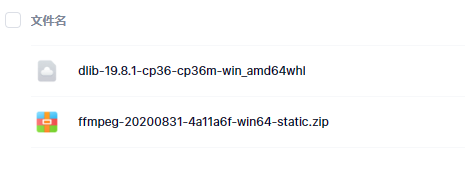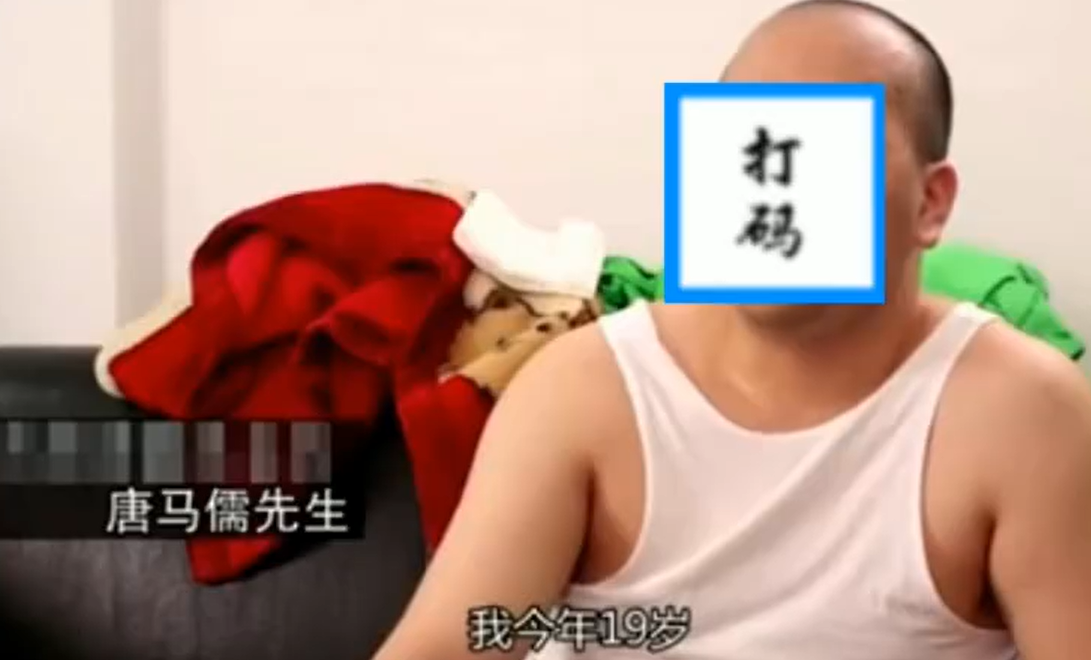哈喽兄弟们,我是轻松~
今天我们来实现用Python自动对视频打马赛克
- 前言
- 准备工作
- 代码实战
- 效果展示
- 最后
前言
事情是这样的,昨天去表弟家,用了下他的电脑,不小心点到了他硬盘里隐藏的秘密,本来我只需要用几分钟电脑的,害得我硬是在电脑旁坐了几个小时~
还好他爸妈不在家,不然表弟又要被毒打一顿!
为了防止表弟的秘密被发现,从而被赏赐一顿男女混合双打,于是我用Python把他所有的视频都给打上了万恶的马赛克。

我想,表弟肯定会感谢我的!

准备工作
话不多少,我们直接开始操作!
首先需要一些素材,大家可以自己准备,也可以直接在文章最后面的名片扫码领取。

这个是要用的工具

代码实战
使用的模块
import cv2
import face_recognition
import matplotlib.pyplot as plt
# %matplotlib inline # 在 jupyter 中使用的时候,去掉注释
import ffmpy3
import subprocess
import os
from PIL import Image
将视频转为音频
def video2mp3(file_name):
outfile_name = file_name.split('.')[0] + '.mp3'
cmd = 'ffmpeg -i ' + file_name + ' -f mp3 ' + outfile_name
print(cmd)
subprocess.call(cmd, shell=True)
视频添加音频
def video_add_mp3(file_name, mp3_file):
outfile_name = file_name.split('.')[0] + '-f.mp4'
subprocess.call('ffmpeg -i ' + file_name
+ ' -i ' + mp3_file + ' -strict -2 -f mp4 '
+ outfile_name, shell=True)
主要代码
def mask_video(input_video, output_video, mask_path='mask.jpg'):
# 打码图片
# 完整源码、视频讲解
# Python学习交流群:708525271
# 直接加它领取
mask = cv2.imread(mask_path)
# 读取视频
cap = cv2.VideoCapture(input_video)
# 读取视频参数,fps、width、heigth
CV_CAP_PROP_FPS = 5
CV_CAP_PROP_FRAME_WIDTH = 3
CV_CAP_PROP_FRAME_HEIGHT = 4
v_fps = cap.get(CV_CAP_PROP_FPS)
v_width = cap.get(CV_CAP_PROP_FRAME_WIDTH)
v_height = cap.get(CV_CAP_PROP_FRAME_HEIGHT)
# 设置写视频参数,格式为 mp4
size = (int(v_width), int(v_height))
fourcc = cv2.VideoWriter_fourcc('m', 'p', '4', 'v')
out = cv2.VideoWriter(output_video, fourcc, v_fps, size)
# 已知人脸
known_image = face_recognition.load_image_file("tmr.jpg")
biden_encoding = face_recognition.face_encodings(known_image)[0]
# 读取视频
cap = cv2.VideoCapture(input_video)
while (cap.isOpened()):
ret, frame = cap.read()
if ret:
# 检测人脸
face_locations = face_recognition.face_locations(frame)
# print(face_locations)
# 检测每一个人脸
for (top_right_y, top_right_x, left_bottom_y, left_bottom_x) in face_locations:
unknown_image = frame[top_right_y - 50:left_bottom_y + 50, left_bottom_x - 50:top_right_x + 50]
print(face_recognition.face_encodings(unknown_image))
if face_recognition.face_encodings(unknown_image) != []:
unknown_encoding = face_recognition.face_encodings(unknown_image)[0]
# 对比结果
results = face_recognition.compare_faces([biden_encoding], unknown_encoding)
# 是仝卓,就将打码贴图。
if results[0] == True:
mask = cv2.resize(mask, (top_right_x - left_bottom_x, left_bottom_y - top_right_y))
frame[top_right_y:left_bottom_y, left_bottom_x:top_right_x] = mask
# 写入视频
out.write(frame)
else:
break
将音频保存为cut.mp3
video2mp3(file_name='cut.mp4')
处理视频,自动打码,输出视频为output.mp4
mask_video(input_video='cut.mp4', output_video='output.mp4')
为 output.mp4 处理好的视频添加声音
video_add_mp3(file_name='output.mp4', mp3_file='cut.mp3')
我录制了视频讲解,跟源码一起打包好了,直接在文末名片自取。
效果展示
不愿透露姓名的唐马儒先生

最后
兄弟们,今天的分享就到这里结束了,咱们下次见!
点关注,不迷路,每天分享有用的Python知识!
服务器托管,北京服务器托管,服务器租用 http://www.fwqtg.net

